Day 1
Orientation on the subject
On day 1 we watched films about our historic figure Charles I on you tube.
We found out that Charles I was the only British king to have his head shopped off. He fell out with his parliament and he pitched his country into civil war. Britain became a republic then for the first and only time.
Then we searched for more information about him on the internet. We found a timeline about him. We added more information about Charles I to it.
Sample British Nobility Titles
| Title | Form of Address | Introduce As |
| King/Queen | Your Majesty | Her Majesty the Queen |
| Prince/Princess | Your Royal Highness | His/Her Royal Highness, the Prince/Princess of… |
| Duke/Duchess | Your Grace | His/Her Grace, the Duke/Duchess of… |
| Marquess/Marchioness
Earl/Countess Viscount/Viscountess Baron/Baroness |
Men: Lord (last name)
Women: Lady (last name) |
(By appropriate title)
For example: Baron Lancaster Countess Egerton Viscount Wodehouse |
| Baronet/Knight | Sir (first name) | Sir (first name, last name)
Wife: Lady (last name) |
| Dame | Dame (first name) | Dame (first name, last name) |
We discussed how to organize all the information in chapters.
birth and childhood – adolescense and his life until his cronation – marriage and religion- – rule of Charles I -the Prayer book for Scotland – why the English Civil War started and ended – why Charles I was excecuted – what remained of Charles I to our times
Day 2
Birth and childhood
Charles I was born in Fife (Scotland) on 19 November 1600.
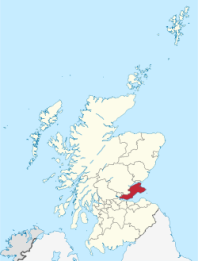
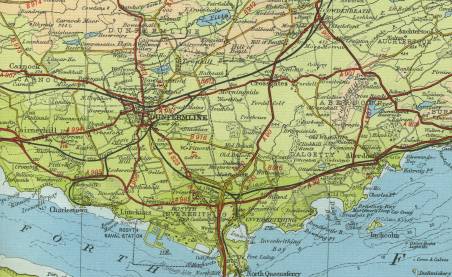
His birthplace was the Dunfermline Palace.
Charles was the second son and third child of James VI of Scotland and Anne of Denmark. On the death of Elisabeth I in 1603 his father James became king of England and Ireland.
Charles was sickly as a child. No one expected him to survive. He suffered from weak ankle joints. Because of that his physical development was slowly.
They tried to make him stronger. Therefore he had to wear heavy boots reinforced with iron. Charles was also slow in learning to speak and never completely overcame a slight stammer.
When Elizabeth I died childless in March of 1603, King James VI of Scotland inherited the throne. With his wife and two older children (Henry and Elisabeth) he made the journey to England. When his parents went to London they left Charles in Scotland. He was so fragile that his parents thought that he would not survive the trip to London.
When Charles I was able to walk the length of the Dunfermline Palace great hall when he was three and half years old, it was decided that he was strong enough to make the trip to join his family in England.
Day 3
Adolescense and his life until his cronation
Charles grew and he became stronger and also a skilful horseman, marksman and took up fencing. However, he remained in the shadows next to his brilliant older brother Henry Frederick, the Prince of Wales. Henry was strong and healthy from birth. He was charming, athletic and elegant. That was all Charles was not. Despite his physical disabilities, Charles had a curiosity for knowledge and was a serious-minded student who excelled at languages, rhetoric and theology. At the early age of 11, he already frequented Oxford University, developing his talent through epistolary writings. Charles adored his older brother and aspired to be just like him.
Two weeks before Charles’ twelfth birthday in 1612, his brother Henry died unexpectedly at just the age of eighteen years (see here under).
Charles became heir. His sister Elisabeth married the Protestant Frederick V and left to Bohemia in 1613.
Charles got a good education with tutors. His beginning with public affairs was in 1618 when his brother-in-law, Frederick V, lost the crown of Bohemia . That chocked Charles. When he was 19, his mother died.
Charles thought that he could help his brother-in-law to restore his power by marrieing the daughter of the King of Spain. In 1623 Charles I went to Spain. The 1st Duke of Buckingham went with him. It took Charles five month to understand that the Spanish King would never agree to a marrige with someone like him. For them he was a person in conflict with the Roman Catholic belief. King Philip IV of Spain demanded that he converted to Catholicism.
day 4
Marriage and religion
When Charles I and the Duke of Buckingham went to Spain to discuss a possible marriage with the Infanta Maria Anna of Spain and Charles, Charles had already met Henrietta Maria one time in Paris. Both hardly knew each another when they did marry. They were the victims of the way royal marriages were carried out then. It was a duty. Their marriage was considered the best way to bring France and England closer together. It was seen as a strong alliance against Spain.
Charles married Henrietta Maria. She was the fifteen-year-old daughter of Henri IV of France. As Henrietta Maria was a Roman Catholic, this marriage was not very popular with the English people or with Parliament. They were unhappy when they heard what Charles I had promised her: Henrietta Maria would be allowed to practise her religion freely. Because England was now a Protestant country (thanks to Henry VIII) they expected her to convert to the Protestant belief. Many in England feared that Charles favoured the Catholics too much – after all, he was married to a Catholic. Many feared that the children of Charles would be secretly brought up as Roman Catholics.
When Henrietta Maria arrived in England she brought with her many servants. All of them spoke French and were Roman Catholics. They cost a lot of money to maintain and they acted as a barrier between Charles and his wife. Charles sent most of Henrietta’s servants back to France. She was only allowed to keep her chaplain and two ladies-in-waiting.
The coronation service of Charles was an Anglican one and as a result Henrietta Maria could not be crowned as queen. When Charles became King Charles I, George Villiers, the 1stDuke of Buckingham was the only man to maintain his position from the court of James I (VI). He was important to Charles I.
To show his support, Charles I had the members of the Parliament that were against Buckingham arrested. But he had to release them again after a short period in custody. The Parliament was not happy with the way Charles I acted. Charles I refused to dismiss his friend Buckingham. On August 23rd 1628 the Duke of Buckingham was murdered by an army officer.
Henrietta Maria did not get on well with the Duke of Buckingham. After he was murdered Charles and Henrietta got a much closer relationship. They got a lot of children.
The Children of
King Charles I (1600 – 1649) & Queen Henrietta Maria (1609 – 1669)
Charles (1629)
Charles II (1630 – 1685)
Mary, Princess Royal & Princess of Orange (1631 – 1660)
James VII & II (1633 – 1701)
Elizabeth (1635 – 1650)
Anne (1637 – 1640)
Katharine (1639)
Henry, 1st Duke of Gloucester (1640 – 1660)
Henrietta Anne “Mi
The brother of Henrietta Maria, the King of France, was involved in a civil war against the Protestants. It was the second Huguenot rebellion. The English Parliament wanted to help their fellow Protestants. But Charles denied it because he did not want to upset his wife or brother-in-law. Eventually it was agreed to send a fleet of eight ships to France to help the Protestants. However, at the last moment Charles sent orders that the men should fight for the Catholic King of France, rather than the Protestants. The captains and crews refused to accept these orders and fought against the French.
This made the people of England and Parliament hate Charles as he was protector of the Protestant faith but he decided to support Catholics instead.
day 5
rule of Charles I
Charles I believed in the ‘divine right of kings’. This meant that he believed that the king was appointed by god. Because of that he believed that the king was above the law and only had to answer to God for his decisions. Charles I believed that the king was more important than Parliament and that parliament had to serve the king. He fell out with Parliament and shut them down three times.
In 1635 the King had no money left because he did not have a Parliament any more to raise taxes. He had to find other ways to raise money. He decided to use an old law called Ship Money. Charles issued a court order demanding ship money not only from coastal counties but – in an uncommon move – from all English counties.
In this law from the past stood that whenever there were fears of a foreign invasion, kings were allowed to order coastal towns to provide ships or the money to build ships.
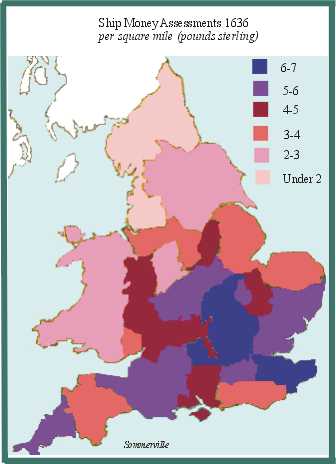
Ship Money was levied heavily in Midland counties that had no tradition at all of supporting maritime defense.
Many gentlemen perceived ship money as an unreasonable, non-parliamentary tax.
Charles used this law and sent out letters to sheriffs. He reminded them about a possible invasion of enemies. He told them to collect Ship Money. Every year Charles asked them for more money. Some sheriffs wrote to the king and complained that their counties were being asked to pay too much. Their letters were ignored by Charles I. The sheriffs were forced to collect money from a population already poor because of large money demands. The people hated Charles because he asked lots of money.
day 6
The Prayer book for Scotland
The time of James I (VI) and Charles I was a time of great religious changes and controversy. In Britain the forces of the Anglican Church attempted to maintain their relatively traditional ceremony and how the worship had to look like and how the altar was arranged.
Next to it the Puritans in England and Presbyterians in Scotland became more. They both wished a state religion which was much more “Protestant” in character. In the background there was also always the danger present of a return to the catholic religion. A lot of people were afraid of that.
Charles was not for compromises. He let the Scottish Bishops (with the approval of Archbishop William Laud) draw up a Book of Common Prayer for Scotland. This Book was made in 1637. It was immediately denied by the Scottish people; it was never even put into use. A violent and noisy public disorder followed (riot) when the 1637 Prayer Book was first used at St. Giles’ Cathedral, Edinburgh. People attacked the Arch-Prelate with crickets, sticks, stones and more.
The Scots made it clear that they were willing to fight to preserve their rights. In 1639 an army crossed the border and attacked north-eastern England. There they occupied the valuable coal fields near Newcastle. Charles I was unable to form an army to fight against them. He had no money. That is why Charles I had to re-call Parliament to get funds to fight the Scots or to buy them off.
day 7
Why the English Civil War started and how it ended
In England there were two sides opposing each other. On one side were King Charles I and his followers known as Royalists. On the other side fought the followers of the parliament known as Parliamentarians. In 1642 they went to war with each other.
In the past the king or queen and the Parliament worked together well. Parliament helped to make laws, discussed wars and raised taxes. First James I the father of Charles started to argue regularly with Parliament, then Charles I did the same. When Charles I was king he thought that he had the only power because god had given him that. In his opinion Parliament had to serve him and had to follow his commands. But Parliament thought that the king or queen had to serve his or her country.
Charles I wanted that the taxes went up because he needed more money.
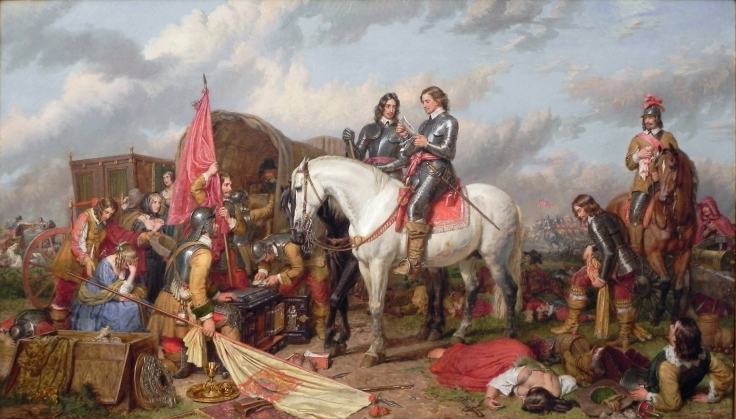
day 8
Why Charles I was excecuted
Charles I was put on trial for treason. He was found guilty and executed on 30 January 1649 outside the Banqueting House on Whitehall, London. The King was buried on 9 February at Windsor and not at Westminster Abbey. They wanted to avoid public disorder.
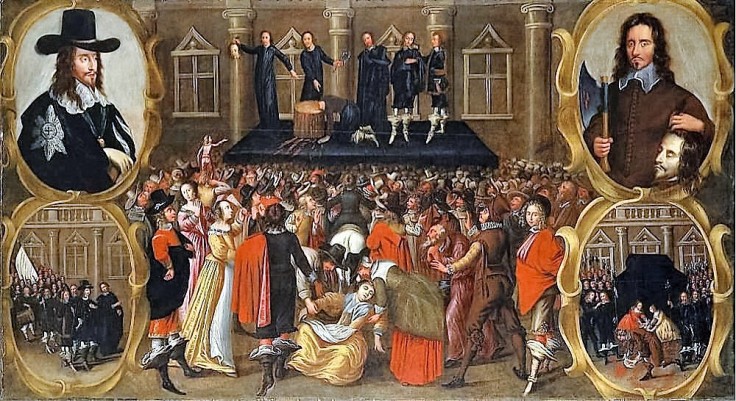
day 9
what remained of Charles I to our times
Paintings by the famous painters Rubens and Van Dijck who came to the court of Charles I to work there can still be seen in the museums and palaces. Many portraits of the royal family were painted.
http://www.biography.com/people/charles-i-21388939
http://www.bbc.co.uk/radio4/history/sceptred_isle/page/60.shtml?question=60
http://bcw-project.org/biography/charles-the-first
http://www.encyclopedia.com/topic/Charles_I_(England).aspx#2
http://www.eyewitnesstohistory.com/charlesI.htm
http://www.factmonster.com/encyclopedia/people/buckingham-george-villiers-1st-duke-of.html
http://bcw-project.org/biography/george-villiers-1st-duke-of-buckingham
http://www.britannica.com/biography/James-I-king-of-England-and-Scotland
http://lisahistory.net/hist105/pw/lectures/cw/cw.htm
http://www.historylearningsite.co.uk/stuart-england/henrietta-maria/
https://faculty.history.wisc.edu/sommerville/123/123%20303%20Personal%20Rule.htm
http://www.bbc.co.uk/history/historic_figures/charles_i_king.shtml
http://www.historytoday.com/sean-kelsey/trial-charles-i-new-perspective
http://bcw-project.org/biography/henrietta-maria
http://www.britannica.com/topic/Roundhead
http://justus.anglican.org/resources/bcp/Scotland/BCP_1637.htm
http://www.bbc.co.uk/history/trail/church_state/modern/floodgates_of_reform_07.shtml
























Plaats een reactie